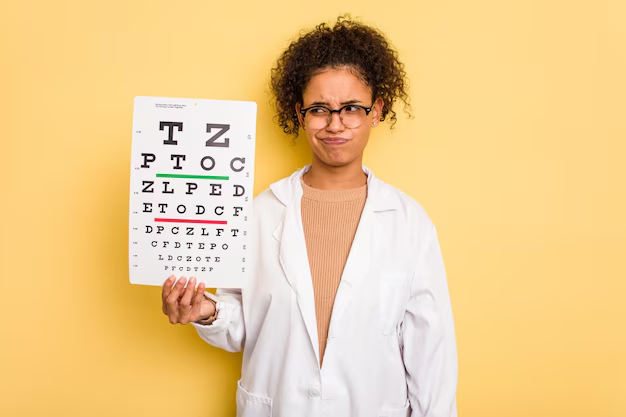How To Become A Licensed Optician: Required Education and Certifications
Stepping into the rewarding career of an optician involves a journey through essential education and credentialing. Opticians play a vital role in eye care, helping patients choose and fit eyeglasses and contact lenses while ensuring optimal vision correction. Starting this journey typically begins with earning a high school diploma or GED, which paves the way for further specialized education. While some states and employers might accept direct on-the-job training, pursuing a formal education can significantly enhance one’s skills and career prospects. Many aspiring opticians opt for an associate degree in opticianry, which covers essential topics like optical principles, anatomy, and prescription interpretation, equipping them with the knowledge needed for this profession.
Beyond degree programs, obtaining certifications and licenses is a crucial step in establishing oneself as a competent optician. The American Board of Opticianry (ABO) and the National Contact Lens Examiners (NCLE) provide optional certifications that can bolster an optician's credentials. Additionally, individual state requirements may necessitate passing specific licensure exams. While each state has different requirements, many advocate taking advantage of these exams to validate one’s expertise formally. Pursuing these educational and credentialing pathways not only establishes credibility but also ensures opticians provide the highest quality care to their patients.
Pathways to Becoming a Licensed Optician:
- 🎓 High School Diploma or GED: The essential first step.
- 📘 Associate Degree in Opticianry: Offers in-depth training and fundamental knowledge.
- 📜 ABO & NCLE Certifications: Voluntary but valuable credentials that enhance credibility.
- 🏢 State Licensure: Varies by state; often requires passing a state exam.

Related Topics
- Becoming Dental Hygienist
- Becoming A Phlebotomist
- Dental Hygienist Duration
- Dialysis Tech Timeline
- Dialysis Technician Timeline
- Flight Paramedic Duration
- Hygienist Timeline
- Become Lab Tech
- Mammography Tech Timeline
- MRI Technologist Duration
- Nurse Technician Timeline
- Pathologist Assistant Timeline
- Pediatric Sonographer Timeline
- Pharm Tech Timeline
- Pharmacy Technician Timeline